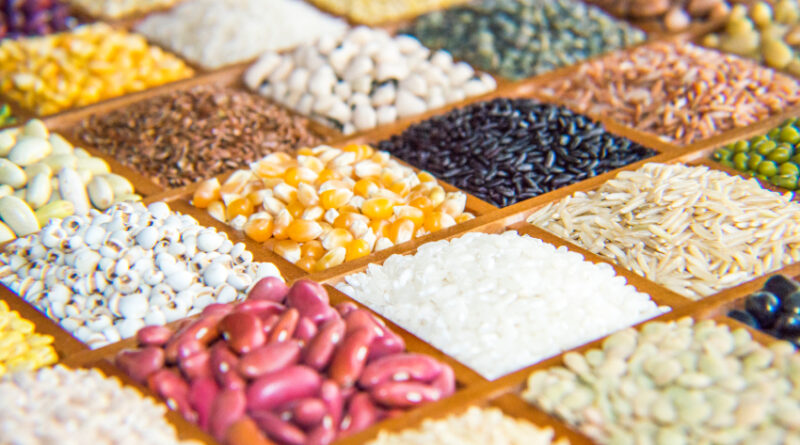Slack monsoon slows planting of summer crops paddy, pulses, oilseeds
By Zia Haq
A sluggish monsoon and extreme weather in many parts of the country have slowed the planting of key summer crops, which account for half of India’s food output and has a bearing on consumer prices, official data show. Farmers have time till mid-July to make up for the shortfall but much depends on the progress of the June to September monsoon, analysts said. Plentiful rains boost farm output, recharge aquifers and fill 121 reservoirs critical for power, drinking and irrigation.
The rain bearing system, the lifeblood of Asia’s third-largest economy, was 47% below normal between June 1 and 13, the period for which sowing data are available. It arrived a week late on June 8 in Kerala, its first port of call in the Indian mainland, and has been slow to advance into the rest of India due to Cyclone Biparjoy in the Arabian Sea.
Till June 13, farmers have sown 7.83 million hectares with summer crops, including 4.74 million hectares with sugarcane and 1.43 million hectares under cotton. This is marginally higher than the 7.75 million hectares sown during the corresponding period of last year, according to official data.
However, the sowing of rice has been lower by 14.6%, while the area under pulses is down 57%. The acreage of oilseeds is lower by 14.4% compared to the corresponding period of last year.
Robust output of oilseeds, whose prices hit a peak last year, and pulses are necessary to keep food inflation from rising. The arrival of an El Nino weather pattern that leads to reduced monsoon rainfall has stoked concerns over elevated prices of pulses, a common source of protein for most Indians.
Rising protein-led prices can be a significant driver of inflation and household expenses, even as the central government has imposed a slew of price-control measures ahead of assembly polls in four states and a general election due next year.
The total kharif acreage is normal mainly because of an expansion in sugarcane and cotton. The kharif area minus sugarcane is nearly 47% less than what cultivators had sown last year in the same period. Although the India Meteorological Department has forecast an average monsoon, an El Nino weather pattern, marked by rising Pacific Ocean temperatures, could result in dry, hot summers in South Asia, which could impact the autumn harvest.
“The monsoon is weak but rains are expected in many areas of central and north India as Cyclone Biparjoy turns into a depression. This will help to increase acreage,” said Abhishek Agrawal, an analyst with Comtrade.
This article has been republished from The Hindustan Times

